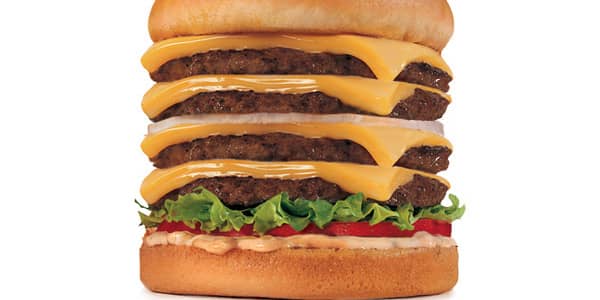With the volume of products purchased online growing so rapidly year after year, have you ever wondered how those orders get filled, packed and shipped?
Quiet Logistics is a privately-owned ecommerce fulfillment center in Devens, Mass., whose client roster includes Inditex's Zara, Gilt and Bonobos. The company has grown by a factor of ten since its inception in early 2009.
Its employee roster includes "SirLancelBot," "BotTheFarm," and "BotterUp." No, they aren't the children of creative parents, but robots working alongside human colleagues, helping to exponentially increase efficiency amid theecommerce boom.
"The robots here at the warehouse do a lot of heavy lifting. They literally go out, find the product pod, lift it and bring it back to our warehouse associates so they can pull the right product for the right order," explains Al Dekin, Quiet Logistics co-founder and senior vice president of sales.
And there are even "rules of the road" the robots follow. The robots make reservations for the path they plan to take in order to avoid collisions on their way to retrieve the pods of items.
Quiet Logistics started with just 10 Kiva Systems robots, and now has 75 robots working as many as 20 hours a day alongside the 200 human employees at the Massachusetts facility. These employees say they're happy to have their robotic colleagues.
"It makes a big difference," says Ana Santana, a Quiet Logistics warehouse worker. "It's so much easier to have the robot come to you with so many orders."
Employee retention has also improved thanks to the robots, Dekin says. Without them, warehouse employees would walk between ten and twelve miles a day, retrieving products located in pods in the 300,000-square-foot warehouse. It's exhausting work, and even in an economy with unemployment above 8 percent, makes lost workers hard to replace.
But Quiet Logistics is about to get even more competition. In March, ecommerce behemoth Amazon announced it was buying Kiva Systems for $775 million, in its second largest acquisition to date, to make it easier to get orders to customers faster.
The deal resulted in a $65 million hit to Amazon's second-quarter earnings, which were lower than Wall Street was expecting. Still, Amazon seems to be committed to investing in infrastructure to speed up its distribution capabilities, and it offered up a cautious outlook.
So what does that mean for competitors, like Quiet Logistics?
"Initially, we were a little nervous...but Amazon and Kiva have made it very clear that it's going to be business as usual, certainly for the customer," says Dekin. "And I'll tell you, despite our initial skepticism, they followed through on that to a 'T.'"
Quiet Logistics isn't the only one using Kiva Systems to fulfill online orders. Retailers Gap, Staples and Saks have Kiva Systems robot rosters of their own.
In a number of ways, the robots begin to feel more like humans. They all are named and seem to fit a certain gender. The robots even clock in and out, taking time to refuel.
"Throughout the day, they'll take themselves offline," says Dekin. "They'll stop working and plug themselves in to be recharged, kinda like stopping at Starbucks and getting another coffee." says Dekin.
Questions? Comments? Email us at consumernation@cnbc.com. Follow Courtney Reagan on Twitter@CourtReagan.





